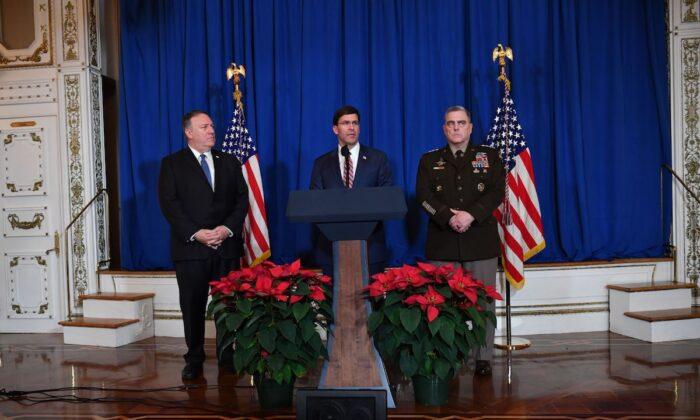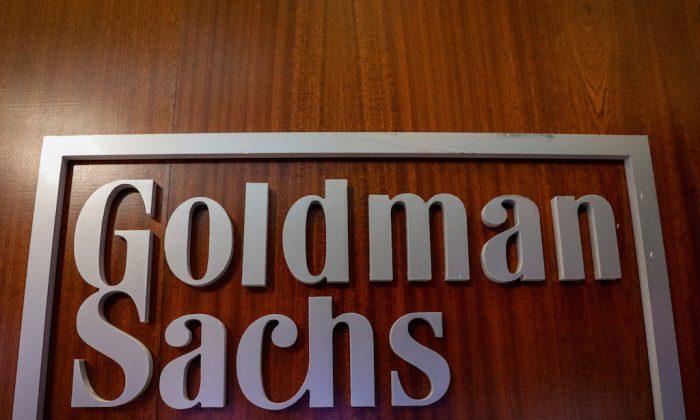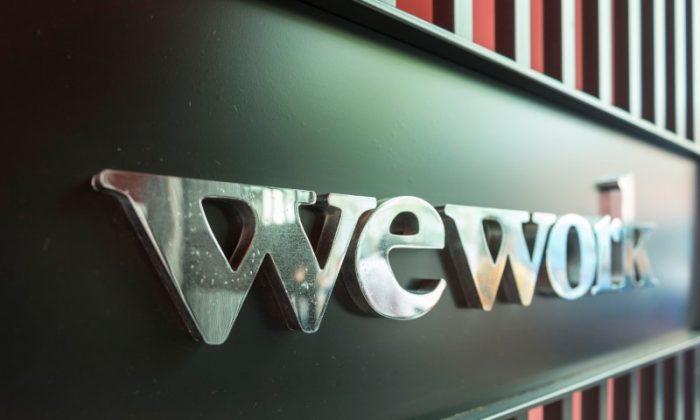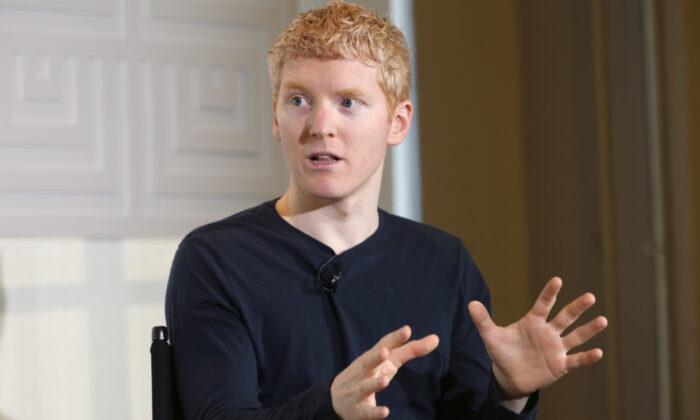Daimler AG’s new chief executive officer warned there will be no quick fix for the automaker’s struggle to revive squeezed profit margins during a costly shift to electric and self-driving cars. After two rapid-fire profit warnings earlier this year, Ola Kallenius said on Nov. 14 that the German icon’s earnings would remain under pressure for the next two years. The Swede laid out a plan to gradually lift margins by capping investment and cutting jobs to save more than 1.3 billion euros ($1.4 billion).
“To remain successful in the future, we must, therefore, act now and significantly increase our financial strength,” Kallenius said in his first big major strategy presentation since taking charge in May. “Comprehensive measures to increase efficiency” are needed “in all areas.”
The expensive transition to electric vehicles is colliding with legacy diesel issues and trade disputes to put pressure on the maker of Mercedes-Benz vehicles. Kallenius’s response failed to win over skeptical investors. The stock fell as much as 4.7%.
“Mid-term targets are very disappointing,” and the strategic announcements are “much too general,” said Juergen Pieper, a Frankfurt-based analyst with Bankhaus Metzler.
After the critical Mercedes car division dropped its profit margin forecast this year to a range of 3% to 5%—well below the returns of French mass-market rival PSA Group—Daimler predicted margins of at least 4% next year and 6% in 2022, excluding the fallout from higher tariffs and restructuring costs. The trucks division will target margins of more than 5% in 2020 and 7% in 2022.
Job cuts are a critical component of the effort to make the manufacturer leaner. At the Mercedes cars unit, 10% of management positions, as well as an indefinite number of “indirect” administrative roles, will be eliminated to reduce costs be more than 1 billion euros. The trucks unit will save 300 million euros in personnel costs in Europe.
“In the automotive industry we are facing difficult times,” Michael Brecht, Daimler’s leading employee representative, said in a statement. “We have to face this reality, but we must not save on the future viability of our company.”
Tesla Inc., which plans to locate its European factory in Germany, has surpassed Daimler in market capitalization.
Alongside moves to rein in spending, the successor of veteran Dieter Zetsche outlined plans to introduce more than 20 new plug-in hybrid and fully-electric Mercedes cars by 2022. The underpinnings of the EQS design concept shown in September will serve as a basis for more purely battery-powered luxury cars, Kallenius said.
While the rollout of hybrid and fully-electric cars will enable the company to get “within reach” of complying with tighter emissions limits in Europe, Kallenius cautioned that the buying behavior of customers will play a key role for actually meeting the target. Demand remains difficult to predict as charging infrastructure in some markets remains patchy, he said in his presentation at London’s five-star Corinthia Hotel.
“Daimler urgently needs to move away from its ‘spray and pray’ investment philosophy and toward a materially more focused, sharpened allocation of its funds,” Arndt Ellinghorst, a London-based analyst with Evercore ISI, said in a note prior to the presentation. “Otherwise, the group will simply be unable to self-fund its premium mobility aspirations.”
Kallenius and new Chief Financial Officer Harald Wilhelm gave no indication for a potential deeper reorganization after Daimler adopted a new corporate structure that gives its cars, trucks and mobility services divisions more independence. Investors have urged management to consider a partial listing of the trucks division.
“We have no plans to change the capital structure of the group,” Kallenius said.




